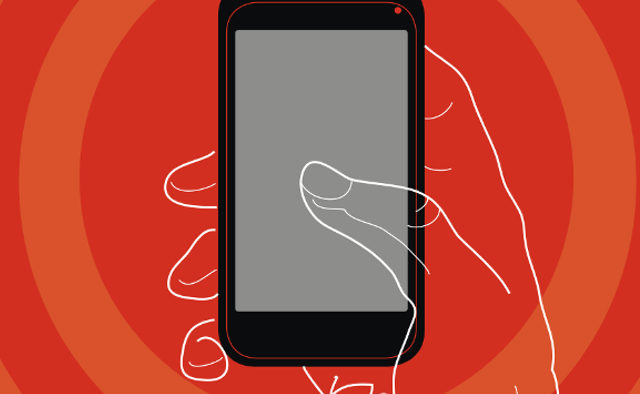Context is key to mobile experience
Share

In part 3 of our 5-part series on SapientNitro’s ‘Insights 2012′, a forecast report looking to where the world of marketing will head in the upcoming year, we look at an exciting emerging platform for marketers: mobile.
“What we are seeing today is only the surface of the real potential for mobile services. This is because producers, brands, and agencies are still doing what people do when they discover a new channel: They transport existing products and ideas into the new channel, but neglect to dig deeper to reach ‘the gold’.”
Outdoor advertisements were shrunk and digitised to fit on a PC screen. Then they were shrunk again to fit on a smartphone screen. But is this obvious reaction to new technology – reduce the size of the ad to fit the device – the best way to approach emerging marketing platforms? SapientNitro’s Torsten Schollmayer, mobile experience strategist in the Dusseldorf office, doesn’t think so.
Schollmayer believes new thinking is needed for developing successful mobile services, despite it being an exhausting and time-consuming process. The key? User context.
One example is that of an iPhone app developed for the online car marketplace, AutoTrader, for its UK market. The app wasn’t simply a mobile version of the website. It had no site map or navigation elements. Instead, the app asked what information the user needed in the particular situation they would be using the app. For AutoTrader, that was a car’s make, model, price and how to purchase it. The app got this information by first directing the user to snap a picture of a car’s license plate using the iPhone’s camera. By searching the government database, the app could then tell the user the exact model of the car, search the AutoTrader market for that model, and then put the user in contact with a dealer.
SapientNitro follows an approach to mobile product usage it calls ‘Paddle, Swim, Dive’. Simply put, a mobile app or other product should have three levels for three different types of uses. The ‘Paddle’ phase is for solving quick problems, the ‘Swim’ brings a richer level of detail but should still be quick to use, and the ‘Dive’ stage is for users with the extra time to use the product’s full functionality.
Paul Bevan, mobile strategist at SapientNitro UK, asks a question unfathomable a few years ago: Could mobile lead your customer experience?
The mobile audience has grown quickly and will continue to do so. SapientNitro has identified four key areas that will continue to influence mobile growth:
- The rise of smartphones and now tablet devices,
- Availability of cheap, fast data,
- Increasing consumer awareness of mobile services, and
- Better technology such as near field communication, location-based services and cloud computing.
Bevan recommends brands keep in mind four key challenges that will be obstacles to developing mobile services:
- Match your offering with your audience. Mobile audiences are heavily influenced by culture and geography, and they’re also fragmented by form factor and behaviour.
- Craft the right experience. You don’t need to understand the technology behind native apps, hybrid apps, NFC, 3D or SMS, but you do need to choose the right one as it will have a direct impact on what your users experience.
- See what the customer doesn’t. Companies often don’t consider their back-end architecture sufficiently, yet richer mobile experiences frequently require access to back-end systems such as products catalogues, ecommerce systems and account information. Mobile experiences that rely on good access to these systems often struggle to come to life.
- Think strategically. The time for one-off mobile experiments has passed. Brands need a clear roadmap supported by conviction and investment. While it’s true that mobile is one part of a multi-channel strategy, it’s often the one leading the innovation and business transformation.
These are much more easily said than done, of course, but brands and marketers that can conquer them will reap the rewards. Bevan predicts that mobile will lead the customer experience in some cases, and even when it doesn’t, the role it plays will still be critical.
Next, part 4 of this 5-part series looks at how technology will shape marketing in the year to come.
In case you missed it:
Part 1: Death of the media planner?
Part 2: Social Media: Let go and listen









